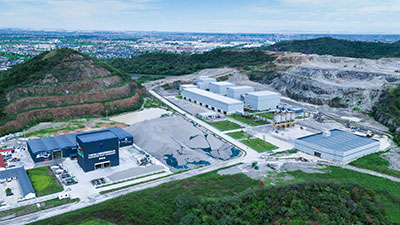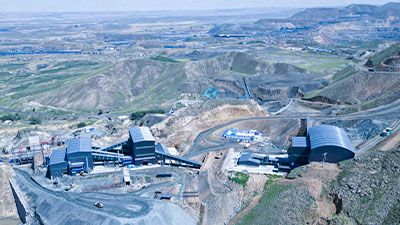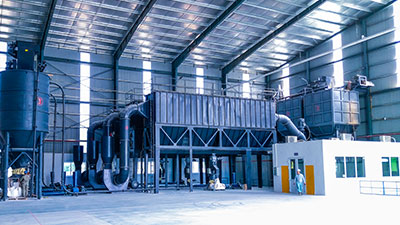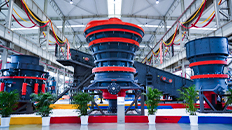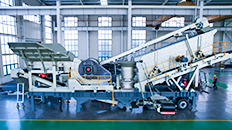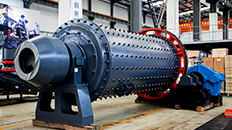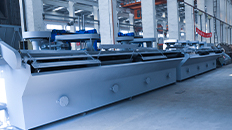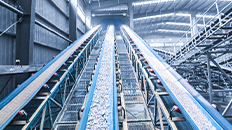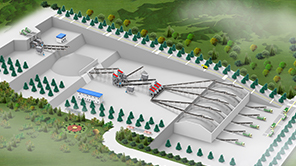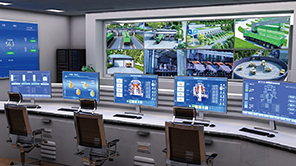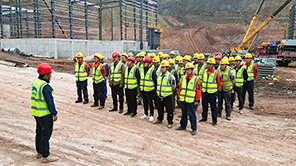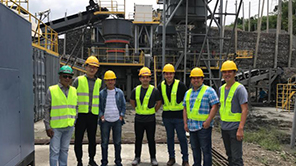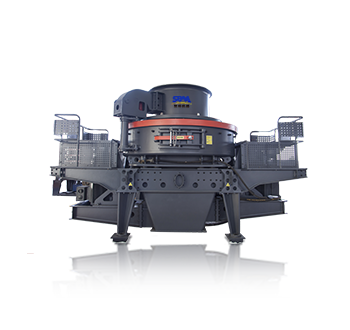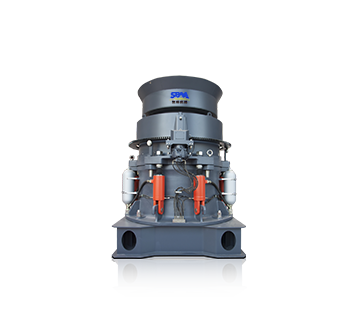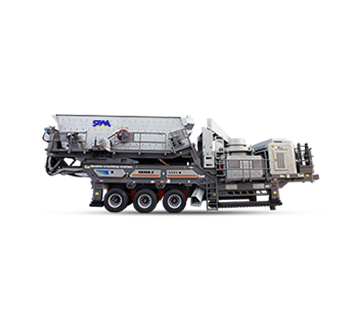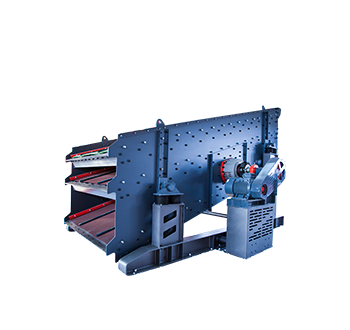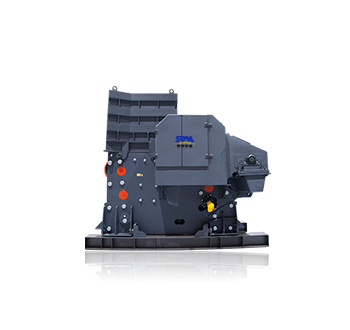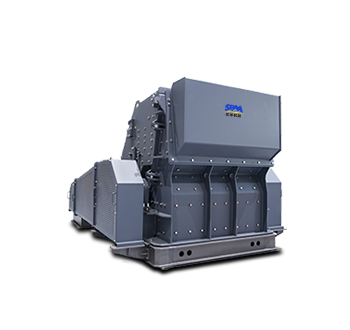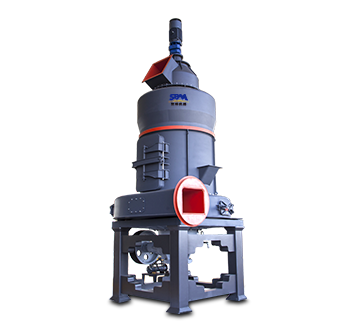Summary:Stone crusher is an indispensable part of crushing, sand making, grinding and other processes. This article will tell you how to select the right crusher for your stone crusher business.
What's a stone crusher?
A stone crusher is a type of pulverizer that uses mechanical energy to break blocks of stone, concrete, or other building materials into smaller blocks of a specific grain size.
From very hard stones to soft minerals, crushers can be used for a very wide range of materials,they can be utilized in a variety of applications in industries such as mining industry to reduce the size of ore blocks and facilitate their processing,crushed stones previously used as building materials and demolition, crushing the debris left after the demolition of buildings, roads, bridges, canals and various other structures.
How to choose a right stone crusher?
Choosing the appropriate stone crusher is important for every operation, but how to choose a right stone crusher? There are several characteristics to consider:
1. Type and Hardness of Materials
The type and hardness of materials are the first factors to be considered in the selection of crushing equipment. Different types of materials will have different hardness and structure, which will have the primary limit on the selection of stone crusher. Generally, the greater the hardness, the higher the crushing difficulty coefficient.
2. Material Specification
If the material size is large, jaw crusher can be selected as primary crushing; When the size of stone is small and needs to be composed of stone with certain gradation, combined crushing and screening equipment shall be selected.
3. Humidity of Materials
The water content of the material will also affect the selection of the stone crusher. When the water content is too large, the fine materials will agglomerate or stick to the coarse materials due to the increase of humidity, so as to increase the viscosity of the materials, reduce the ore discharge speed and reduce the productivity. When it is serious, it will even block the ore discharge outlet and affect the normal production.
4. Granulometric Requirement
The incoming and outgoing particle size is used to judge the model and crushing level of the required crushing equipment.
5. Output Requirements
The output requirement is an important index to determine the crushing equipment. The higher the output requirement, the larger the required crushing equipment specification, and the corresponding input and output will increase.
6. Construction Site
The specific situation of the construction site is the most direct factor affecting the selection of crusher equipment, such as the site size of the construction site, the specific placement position of crushing equipment, etc.

7 Types of Stone Crusher
Understanding the application scope, technical advantages, and limitations of each stone crusher design enables operators can implement the best crushing solutions to maximize productivity and meet production targets.
These are the main stone crushers on the market:
- ➤ Jaw Crusher
- ➤ Cone Crusher
- ➤ Impact Crusher
- ➤ Mobile Crusher
- ➤ Sand Making Machine
- ➤ Hammer Crusher
- ➤ Roller Crusher
1. Jaw Crusher
The working mode of the jaw crusher is intermittent, and the rock material is crushed by squeezing the rock by the fixed jaw and the movable jaw. Some time ago, a friend left a message to consult the single pendulum jaw crusher. In fact, it is rarely used now, and the compound pendulum jaw crusher is mainly used.
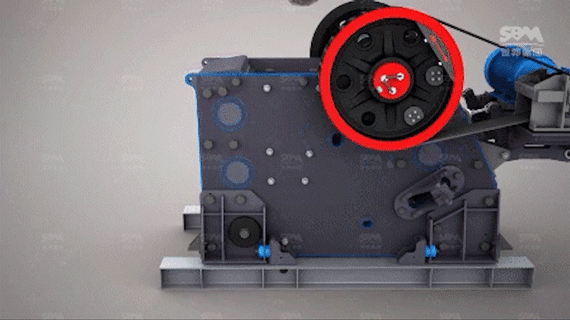
Application: It is suitable for a wide range of materials, both soft and hard, especially the coarse and medium crushing of hard stones.
Advantages: simple structure, reliable work, lighter weight, cheap price, small size, low configuration height, large feed opening size, easy adjustment of the discharge opening opening, simple maintenance, and economical operating costs.
Disadvantages: The liner is easy to wear, and the content of needle flakes in the product is high, and feeding equipment is generally required.
2. Cone Crusher
The work of the cone crusher is continuous, using the eccentric movement of the moving cone to crush the stone. At the same time, due to the tangential movement of the moving cone and the fixed cone, the stone will also be subjected to shearing and grinding. Therefore, its working mechanism It is a combination of extrusion, shearing, and milling methods.
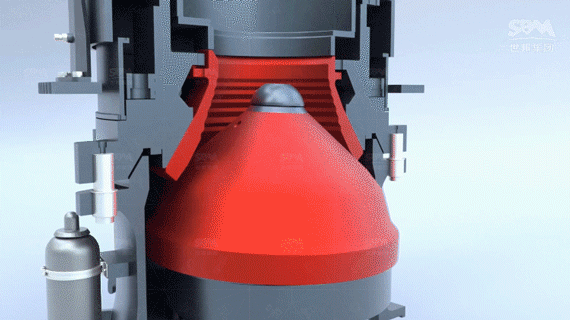
Application: Mainly used for medium or fine crushing of various stone materials. At the same time, according to its different structure (suspended shaft type and supporting shaft type), it can also be used for coarse stone crushing (suspended shaft type is used less).
Advantages: large crushing ratio, high efficiency, low energy consumption, less dust, uniform product size, stable operation, low failure rate, and not easy to be crushed.
Disadvantages: The structure and maintenance are more complicated, the body is high, and the price is expensive.
3. Impact Crusher
Impact crusher is a machine that uses impact energy to crush materials. Adjusting the gap between the counterattack frame and the rotor can achieve the purpose of changing the size and shape of the material discharged.
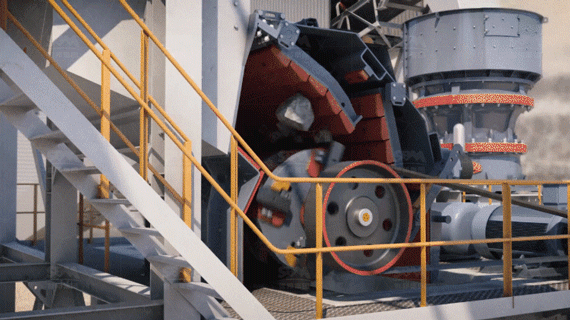
Application: Mainly used for medium crushing and fine crushing of stones below medium hardness, and the shape of the crushed stones is better.
Advantages: small size, simple structure, uniform product size, selective stone crushing, and high output.
Disadvantages: The blow hammer and the counterattack plate are particularly easy to wear, especially for crushing hard rocks, which are more severely worn and need to be replaced frequently; it is not suitable to crush plastic and viscous materials.
4. Mobile Crusher
Mobile crusher is a new type of equipment. It has been optimized and innovated in structural design, equipment configuration and combined application. The combination is more flexible, which greatly widens the application field of tire mobile crushing station and truly realizes the proximity treatment of materials.

Mobile crushers can be further subdivided into tire type mobile crushers and crawler type mobile crushers. Although they have certain differences in specific structure and operation performance, they both have the characteristics of convenience, flexibility, walking and stopping and local operation:
1. Integrated design of the whole machine. The structure is compact, integrating crushing, sand making, screening and transportation, and the carrying equipment is flexible and diverse.
2. Additional power traction and drive. The locomotive traction or diesel power shall be used for walking, and the operation site shall be transferred at any time according to the demand.
3. Wireless remote control operation. Compared with the traditional fixed crusher, one person can operate it remotely, which saves manpower and worry.
Understanding the crushing stage and the type of crusher best suited for each stage can simplify equipment selection. According to our practical application, the most suitable stone crusher is selected for our quarrying operations.
5. Sand Making Machine
The work of the impact sand making machine is continuous. It uses high-speed moving materials to strike iron, strike each other and friction between the materials to break. There are two crushing methods: "stone-on-rock" and "stone-on-iron".
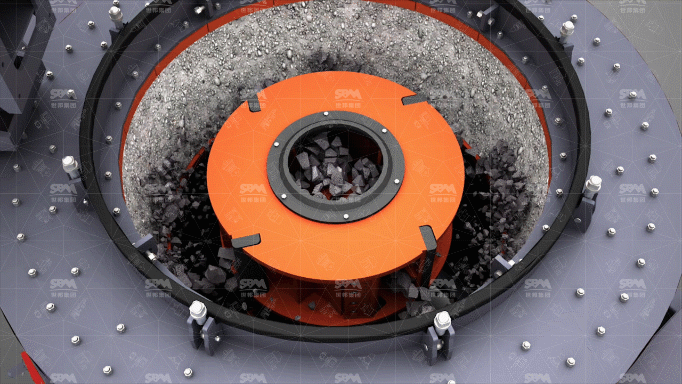
Application: "Stone-on-Stone" is suitable for abrasive materials with medium-hardness and above. The finished product has a better grain shape and a little more powder content; "Stone-on-Iron" is suitable for materials with low abrasiveness and lower than medium-hardness, with high crushing efficiency. The wear cost of the guard plate is higher, and the finished grain is slightly worse.
Advantages: low energy consumption, high output, large crushing ratio, small size of the equipment, easy operation, convenient installation and maintenance, with shaping function, cubic product, high bulk density, and the machine's counterattack plate wears very much during operation Less.
Disadvantages: The maintenance is complicated and the cost is high. Generally, the maximum feed size does not exceed 60mm, which is suitable for fine crushing and sand making.
6. Hammer Crusher
The hammer crusher operates on a continuous crushing principle. As the high-speed rotor spins, the attached hammer heads deliver repeated blows to the feed material, effectively breaking down the stones and rocks.

Application: it is suitable for medium and fine crushing of medium and low hardness and non abrasive stones (compressive strength less than 100MPa). It can also be used for sand making when there are grate bars, but it has been rarely used.
Advantages: large crushing ratio, high output and more fine materials.
Disadvantages: the hammer head wears fast, needs to be replaced frequently, raises dust during work, and viscous materials with raw material moisture content greater than 12% cannot pass through effectively.
7. Roller Crusher
The work of the roller crusher is continuous. The stone is located between two parallel cylindrical rollers that move toward each other. The friction force between the stone and the roller bites the stone into the roller, facing the stone of the smooth roller. After being squeezed, the stones on the toothed roller are split and squeezed and broken.

Application: Mainly used for medium crushing and fine crushing of medium hardness stones (compressive strength below 100MPa) such as coal and limestone. Roll crusher is not used in road gravel processing.
Advantages: simple, compact structure, low investment, convenient adjustment, and can be used to crush viscous materials.
Disadvantages: low production efficiency, unable to crush hard materials.
What Is Primary, Secondary, and Tertiary Crushing?
If you want to buy a suitable rock crusher, you also need to know the multi-stage crushing stages is in a complete crushing production line. Stone crushers are classified according to the fineness with which they fragment the starting material. There are primary crushing, secondary (intermediate) crushing and tertiary crushing. Some production lines may include a single crushing stages,the most common production lines involve at least two or three crushing stages.
1. Primary Crushing
As the first stage during a crushing circuit following extraction from a mine site, primary crushing reduces material to a size and shape which will be handled by the secondary crusher. The duty of the first crusher is to form it possible to move material on a conveyer belt . In most aggregate crushing plants, primary crushing is administered during a jaw crusher, although a gyratory crusher could also be used. If material is definitely crushed and not excessively abrasive, an impression crusher could even be the simplest choice as a primary crusher.
2. Secondary Crushing
In secondary crushing, reduction ratios become an important consideration. Knowing just how fine you would like your final output to be, along side the feed requirements of your tertiary or final reduction crushing station, will assist you determine what proportion reduction must happen within this stage.
Cone crushers are often placed within the secondary crushing station because they're versatile in terms of feed, closed side setting, speed, and throw. With cone crushers, though, it's essential to work them at consistent choked settings to stay productivity up.
3. Tertiary Crushing
In this crushing stage, the standard and quantity of fine products are determined. Quality requirements are often stringent for the ultimate products, especially within the mixture industry. Customer requirements common to both the mixture and mining industries are capacities and quality (fraction/particle size). the mixture industry has additional quality demands like soundness and particle shape (cubicity).

what is the crushing method?
Rock stone crusher is an indispensable part of crushing, sand making, grinding and other processes. However, there are many types of stone crushers on the market. How to choose suitable and satisfactory products?
Understanding the crushing method is very helpful for you to choose the right stone crusher. The crushing method refers to how rock particles are fractured during the crushing process. It is an important factor to consider when selecting the appropriate type of stone crusher.
Before understanding the stone crusher, it is necessary for us to have a simple understanding of the crushing method:
The stone crushing method is divided into compression, splitting, breaking, shearing, impact or blow, etc. Generally, multiple action modes are mixed, and there is no single action mode.

Compression crushing: The working face of the crushing machine exerts pressure on the material sandwiched between it, and the material is crushed when the compressive stress on the material reaches the limit of its compressive strength.
Splitting and shearing crushing: The edges of the crushing working surface are wedged into the material to generate tensile stress inside. When the value exceeds the tensile strength limit of the material, the material splits and locally produces powder at the point of contact between the sharp edge and the material.
Bending and breaking crushing: The materials clamped between the working surfaces, such as simply supported beams or multi-supported beams subjected to concentrated forces, are mainly subjected to bending stress, but are subject to splitting at the contact point of the working surface.
Compression and shearing: This combines both compression and shearing forces to fracture the material.
Impact crushing: Impact crushing involves high-speed movement of the crusher or material that strikes the material to be crushed. It includes:
- The high-speed impact of the moving crusher on the material.
- The impact of the material against a fixed surface.
- The mutual impact between moving materials.
This article introduces the key points of selecting a suitable stone crusher, multi-stage crushing and crushing methods. A multi-stage crushing process may be necessary, depending on the material's hardness and the desired output. By considering the crushing method, you can choose the equipment that best suits your operational requirements and performance goals.
We hope this guide helps you make a more informed decision when selecting your stone crusher!

